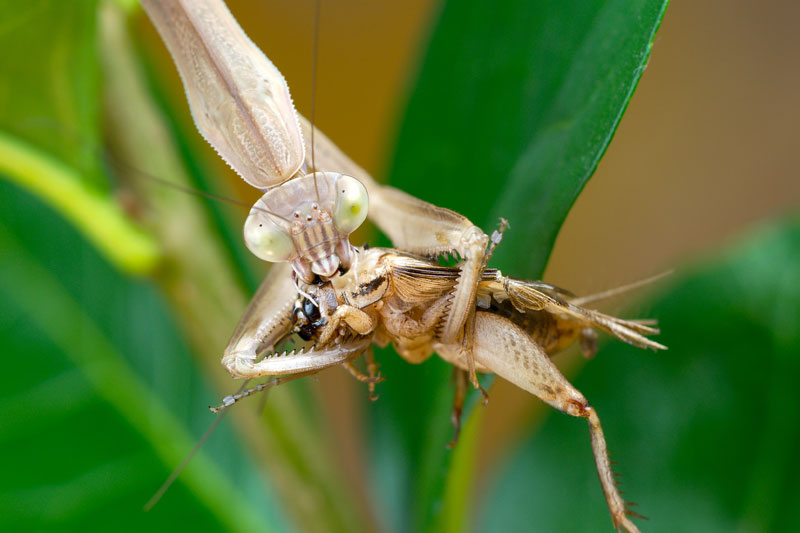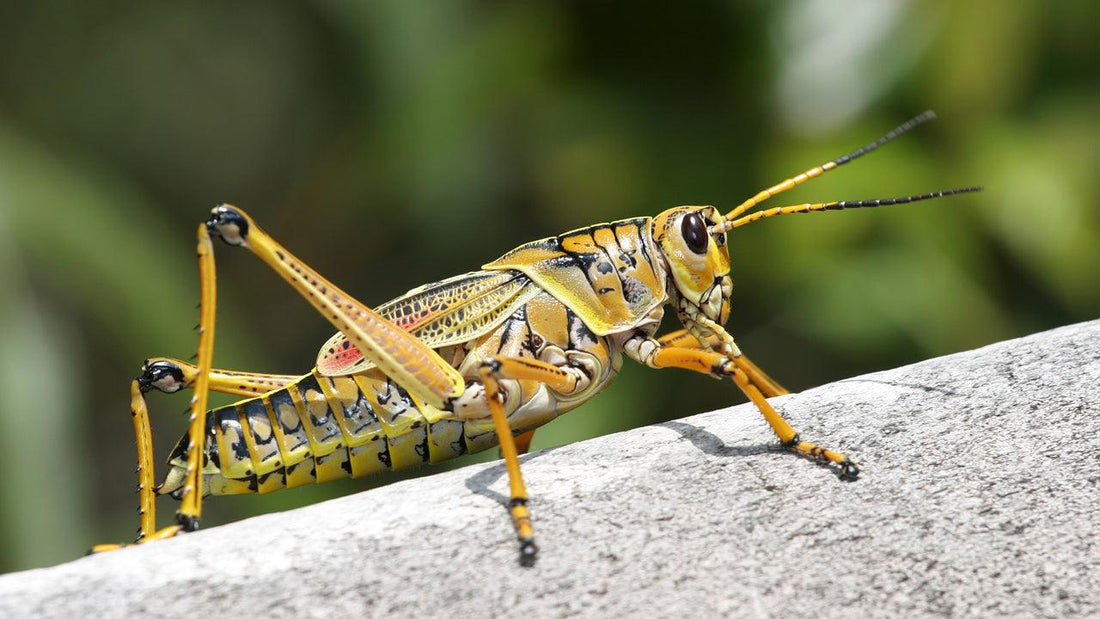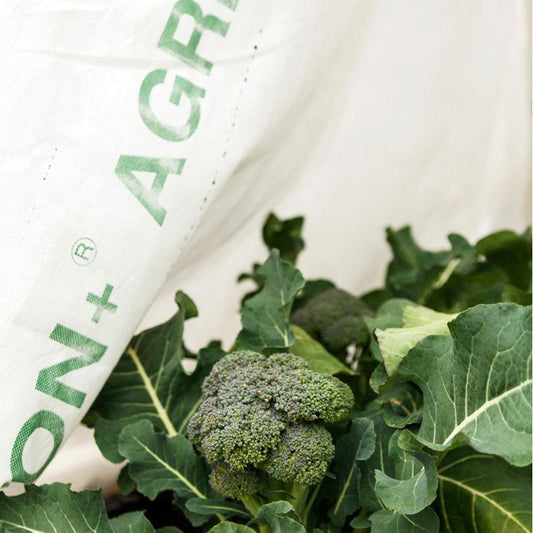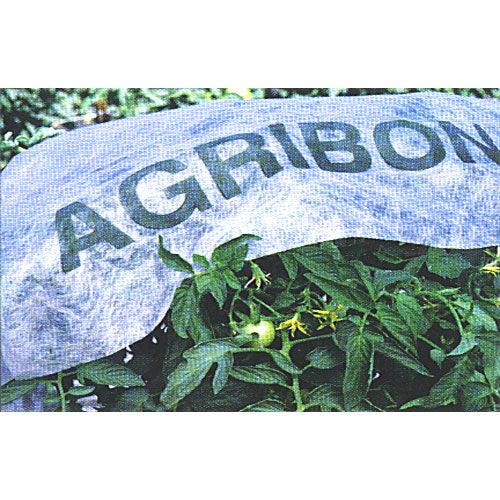Grasshoppers Are Common In Many Gardens
Grasshoppers are common residents to rangelands and undisturbed fields, and populations are usually kept in check. However, some years the populations may build, especially after a wet spring, and then migrate into nearby gardens, often eating everything in sight. In Texas and Colorado the most widespread and damaging pest is the grasshopper. There are 150 species in Texas alone but 90% of the crops are damaged by only 5 species.  Image of a Melanoplus devastator grasshopper In California there are over 200 species of grasshoppers, and 2 species, the Devastating Grasshopper, Melanoplus devastator, and the Valley Grasshopper, Oedaleonotus enigma, are the most widespread and destructive.
Image of a Melanoplus devastator grasshopper In California there are over 200 species of grasshoppers, and 2 species, the Devastating Grasshopper, Melanoplus devastator, and the Valley Grasshopper, Oedaleonotus enigma, are the most widespread and destructive.
History of Grasshopper Outbreaks
The main factor affecting grasshopper populations is weather. Outbreaks, or exceptionally large populations, are usually preceded by several years of hot, dry summers and warm autumns. Dry weather increases the survival of nymphs and adults. Warm autumns allow grasshoppers more time to feed and lay eggs. If favorable weather increases the number of eggs, nymphs and adults that survive, the grasshopper population may be dramatically larger the following year. Grasshopper damage - R.J. Reynolds Tobacco Company Slide Set, R.J. Reynolds Tobacco Company, Bugwood.org Early records point to one species, Melanoplus spretus, or the Rocky Mountain grasshopper, which had some of the largest recorded swarms. The swarms moved between breeding grounds in the Rocky Mountain states and the farmlands of the Mississippi valley. Six major swarms of this species covering large areas of the Great Plains, and lasting more than two years, were reported between 1818 and 1875. For unknown reasons the Rocky Mountain grasshopper died out in the late 19th century. The last major outbreak in Colorado was in the late 1970s to early 1980s.
Grasshopper damage - R.J. Reynolds Tobacco Company Slide Set, R.J. Reynolds Tobacco Company, Bugwood.org Early records point to one species, Melanoplus spretus, or the Rocky Mountain grasshopper, which had some of the largest recorded swarms. The swarms moved between breeding grounds in the Rocky Mountain states and the farmlands of the Mississippi valley. Six major swarms of this species covering large areas of the Great Plains, and lasting more than two years, were reported between 1818 and 1875. For unknown reasons the Rocky Mountain grasshopper died out in the late 19th century. The last major outbreak in Colorado was in the late 1970s to early 1980s. 
Grasshopper Lifecycle Facts
Grasshoppers deposit their eggs below the soil surface in pod-like structures. Each pod contains 20-120 eggs. Pods are very resistant to moisture and cold and easily survive if not disturbed. Eggs begin hatching when the soil warms, usually in late April, but may be delayed if the spring is cool and dry. The delay can continue the hatch into July. The nymphs look like adults only smaller and do not have wings only wing pads. They feed on nearby plants and move to other locations when the food supply diminishes. The nymphs go through 5-6 stages and become adults in 40-60 days, depending on food resources and weather. There is usually only one generation of grasshoppers produced each year. The adults will die out when the weather becomes too cold or the food supply runs out. Adult grasshoppers continue the cycle by depositing eggs from July through the fall. For further information about the grasshopper lifecycle, history of infestations and control, consult the UC Davis IPM website.
Control of Hoppers
Biological
Grasshoppers have many natural enemies that help control their populations. Praying mantids (will take even large hoppers), blister beetles, robber flies, birds, Entomophthora grylli, (a fungus) are a few examples of predators. The parasitic protozoan, Nosema locustae, will kill the nymphs but not the adults. The spores are contained in baits such as Nolo Bait, which infects the grasshopper and death will occur 3-6 weeks later. The infection will pass from grasshopper to grasshopper and can remain active for several years. However, it is crucial to apply early when the hoppers are young. Another strategy to use is to keep a border of tall green grass or plants on the perimeter of your garden. The grasshoppers will hang out here and feed rather than feeding in your garden. PVFS Good Bug Blend is a great choice to plant. Not only will it attract the grasshoppers but some beneficial insects will enjoy the new habitat.  Praying Mantid Eating a Grasshopper by Luc Viatour www.Lucnix.be
Praying Mantid Eating a Grasshopper by Luc Viatour www.Lucnix.be
Mechanical
A floating rowcover such as Agribon can be placed over the crops early in the season. Agribon functions as a mechanical barrier to grasshoppers and other chewing pests such as caterpillars and birds. Grasshoppers choose to lay eggs in undisturbed areas, therefore, tilling in mid- to late summer may discourage females. If this is not feasible, then simply reducing the food supply (weed and grasses) will help reduce populations the following season.
Grasshoppers for Dinner?
 Skewered locusts by istolethetv
Skewered locusts by istolethetv
Grasshoppers or locusts (the swarming phase of certain species), are actually high in protein and a delicacy in many cultures. But don't eat them when they swarm, they produce a toxin that makes them inedible and can actually cause a skin reaction in the sun. Grasshoppers can be prepared as an appetizer, a crunchy popcorn, an entrée or the final course of the meal… chocolate covered grasshoppers. Mmm.
See our companion article on grasshoppers in the Resource Center as well as our collection of pest management products for sale.
Image Resources: Grasshopper lifecycle drawing Snodgrass Melanoplus atlanus



